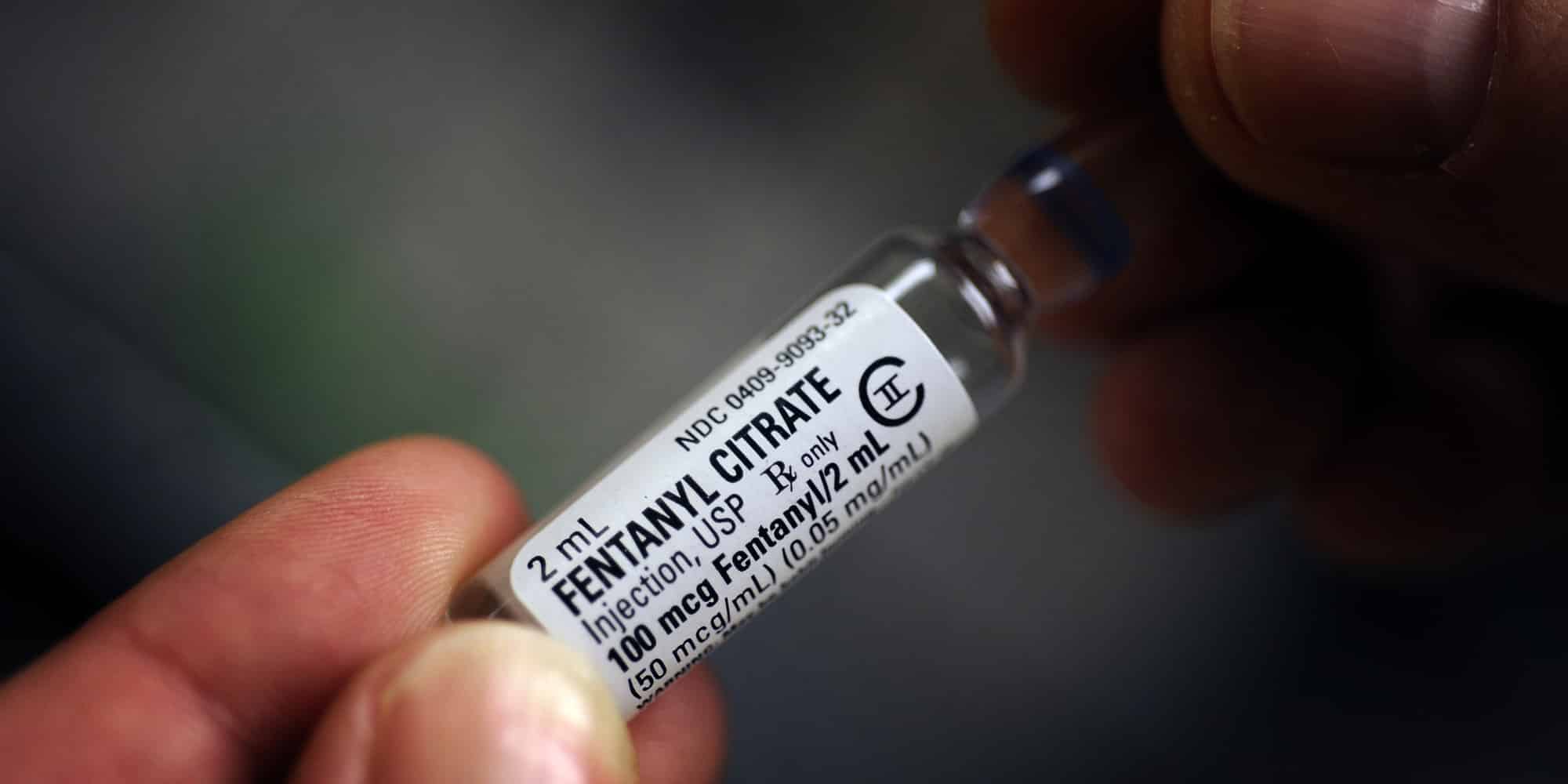Local communities have been ravaged by fentanyl-related overdose issues in the past few weeks, showing a continuing upward trend of opioid abuse over the past two decades. From Pennsylvania to Ohio to California, local law enforcement officials have been caught off guard by the magnitude of the crisis. This has led many community leaders to look for new ways to approach to opioid abuse epidemic, as current efforts seem to be having little effect.
What Is Fentanyl?
Fentanyl is a synthetic opioid compound, meaning that it is created in a laboratory. Compared to naturally-derived opioids like morphine, fentanyl is 80 to 100 times more potent. Physicians commonly prescribe it as a painkiller for people who continue to have breakthrough pain despite using other opioid analgesics. In addition to pharmaceutical-grade fentanyl that people divert to the illicit drug trade, illicitly manufactured versions of the drug are available across the country.
Understanding the Scope of the Fentanyl Related Overdose Problems in the US
Recently, law enforcement officials have reported that fentanyl overdose is on the rise. In Cuyahoga County, Ohio, for example, 998 people died of fentanyl overdose from January 2014 to May 2015. Nearly 90 people died last year because of the drug, compared to only five in 2013. A similar pattern emerged in Sacramento County, where Fentanyl caused eight of the area’s ten overdose deaths last month. Fentanyl abuse is also raging in Pennsylvania, with Philadelphia officials reporting a 300% increase in deaths due to fentanyl overdose from 2013 to 2014.
So why is fentanyl gaining so rapidly? There are several causes for this trend. First, overall abuse of opioids is on the rise in the United States. The Centers for Disease Control and Prevention estimate that opioid-related deaths have quadrupled since 1999. The uptick in heroin addiction and prescription painkiller abuse has resulted in a more significant number of people seeking opioids on the street, increasing the overall number of people exposed to fentanyl.
Another reason for the rise of fentanyl is a change in the supply chain. A person cannot be easily extracted Fentanyl from pharmaceuticals. Now, Chinese manufacturers are producing the drug inexpensively in overseas laboratories and are getting the drug into the United States via Mexico. The ability to make fentanyl in the laboratory, as opposed to the more complicated process of producing heroin, makes the drug attractive to dealers.
Fentanyl Abuse Dangers
The potency of fentanyl is one of the features that makes it so dangerous. The drug is at least 50 times more potent than heroin. Because of its chemical properties, fentanyl crosses the blood-brain barrier more effectively than other opioids. Once there, it binds very tightly to opioid receptors in the brain. These receptors trigger the analgesic effects of fentanyl. They also lead to feelings of euphoria and sedation. However, fentanyl results in a host of negative effects as well. For example, the drug often triggers nausea, vomiting, and respiratory depression that can be fatal.
The high potency of fentanyl is also what makes it so dangerous. All opioids cause some degree of respiratory depression. Given fentanyl’s potency, even a minimal amount can trigger a substantial reduction in respiratory activity. This makes the effects of fentanyl much more dangerous than heroin or other prescription opioids.
One of the other significant dangers is that people often take fentanyl unintentionally. The drug has been added to counterfeit pills and sold as Norco. In other areas, drug manufacturers cut heroin with fentanyl. People struggling with heroin addiction or opioid abuse then purchase the drug unknowingly, without understanding its dangers. Given the high potency of fentanyl, it is also tough to manage to dose. Even a slight increase in the amount of fentanyl used can have severe consequences.
Conclusion
Unfortunately, many law enforcement officials worry that fentanyl-related overdose tragedies will get worse before it gets better. Federal officials are taking little action to cut off the drug’s supply stream from Mexico. Furthermore, because fentanyl is often added to other drugs and sold in counterfeit pills, it can be difficult to track its source.
The best approach to combating fentanyl abuse is to focus on expanding access to effective opioid treatment efforts. Providing treatment that helps people weather the opioid withdrawal process is an effective way of treating opioid dependence. This allows people to get free of opioids and focus on emotional and behavioral components to opioid addiction. Only by treating these underlying factors can we facilitate long-term recovery.
Source
- http://www.cdc.gov/drugoverdose/
- https://www.drugabuse.gov/drugs-abuse/fentanyl
- https://www.cleveland.com/metro/index.ssf/2016/04/cuyahoga_county_heroin_fentany.html
- http://www.forbes.com/sites/alicegwalton/2016/04/09/why-fentanyl-is-so-much-more-deadly-than-heroin/#605c78aa56af
- http://www.sacbee.com/news/local/health-and-medicine/article71241907.html














